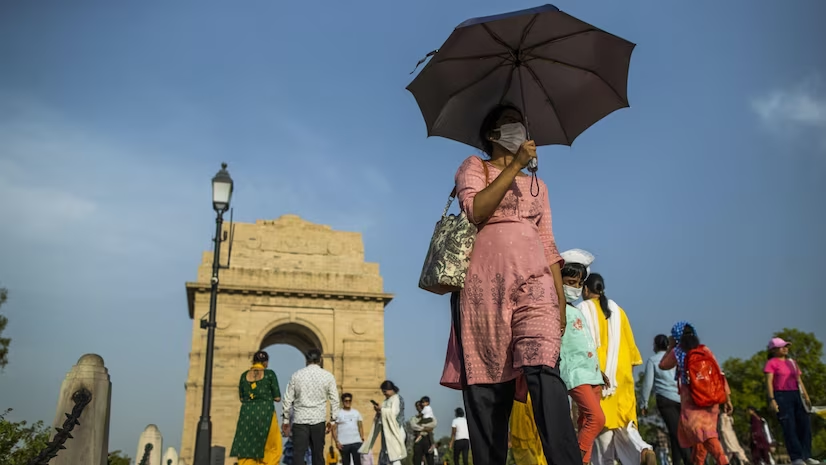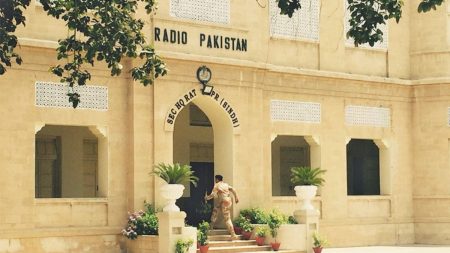As the World witnesses that India’s northwest braces for additional heatwave conditions this summer, the capital Delhi has taken the step of closing all schools as temperatures soar up to 47 degrees Celsius just ahead of the final phases of national elections.
According to the India Meteorological Department (IMD), a combination of weather phenomena is causing the surge in temperatures in the breadbasket region.
Why is India experiencing more frequent heatwaves?
Although peak summer temperatures are typical for May in India, IMD scientist Soma Sen Roy stated that the department anticipates 7-10 heatwave days in northwestern regions this month, compared to the usual 2-3 days. This increase is primarily attributed to a reduction in non-monsoon thundershowers and the presence of an active yet diminishing El Nino, a climate pattern associated with hot and dry weather in Asia and increased rainfall in parts of the Americas. Additionally, warm westerly winds from Pakistan are exacerbating the heat.
Record-breaking temperatures have already been observed in other parts of India, including eastern and southern regions, where April temperatures reached historic highs. Last month, the weather department even declared a rare heatwave in the southwestern coastal state of Kerala.
Extreme heat and the elections
In southwest Delhi’s Najafgarh area, the maximum temperature reached 47.8 degrees Celsius, the highest recorded this summer. The IMD considers it a heatwave when the maximum temperature reaches certain thresholds, such as 40C in the plains. Delhi, along with neighboring states like Haryana and Uttar Pradesh, is scheduled to vote on Saturday, marking the penultimate phase of the seven-phase general election.
The IMD has issued a red alert for a heatwave in Delhi this week, warning of potentially dangerous temperatures that could lead to heat-related illnesses among those exposed.
What does the weather department predict?
The IMD forecasts heatwave to severe-heatwave conditions in many parts of grain-producing states like Punjab and Haryana in the northwest, as well as portions of Delhi and nearby Rajasthan, Madhya Pradesh, and Uttar Pradesh.
Additionally, the meteorological department predicts “extremely” heavy rainfall in the southern state of Kerala and neighboring Tamil Nadu due to a cyclonic circulation pattern over Kerala.









